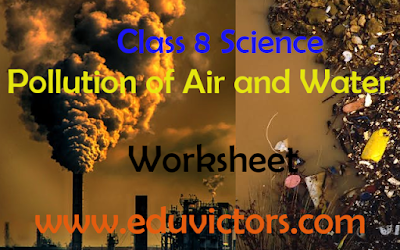Class 11 Maths Chapter Sets - NCERT Exercise 1.4 (Q 6 - Q 8)
NCERT Solutions
Q6: If A = { 3, 5, 7, 9, 11 }, B = {7, 9, 11, 13}, C = {11, 13, 15} and D = {15, 17}; find
(i) A ∩ B
(ii) B ∩ C
(iii) A ∩ C ∩ D
(iv) A ∩ C
(v) B ∩ D
(vi) A ∩ (B ∪ C)
(vii) A ∩ D
(viii) A ∩ (B ∪ D)
(ix) ( A ∩ B ) ∩ ( B ∪ C )
(x) ( A ∪ D) ∩ ( B ∪ C)
Answer:
(i) A ∩ B = {7,9,11}
(ii) B ∩ C = {11, 13}
(iii) A ∩ C ∩ D = {A ∩ C} ∩ D = {11} ∩ {15, 17} = φ
(iv) A ∩ C = {11}
(v) B ∩ D = {7, 9, 11, 13} ∩ {15, 17} = φ
(vi) A ∩ (B ∪ C)
= {3, 5, 7, 9, 11} ∩ ({7, 9, 11, 13} ∪ {11, 13, 15})
= {3, 5, 7, 9, 11} ∩ {7, 9, 11, 13, 15}
= {7, 9, 11}
(vii) A ∩ D = φ
(viii) A ∩ (B ∪ D)
= {3, 5, 7, 9, 11} ∩ ({7, 9, 11, 13} ∪ {15, 17})
= {3, 5, 7, 9, 11} ∩ {7, 9, 11, 13, 15, 17}
= {7, 9, 11}









